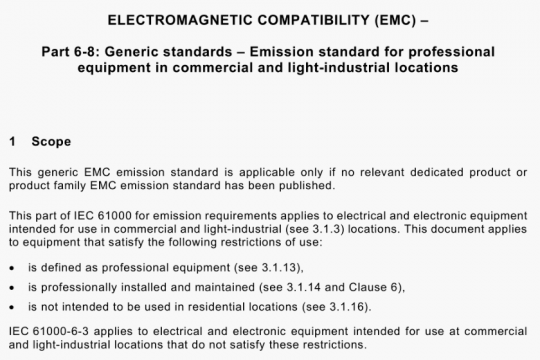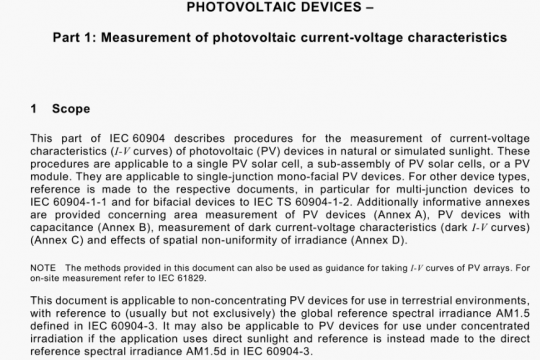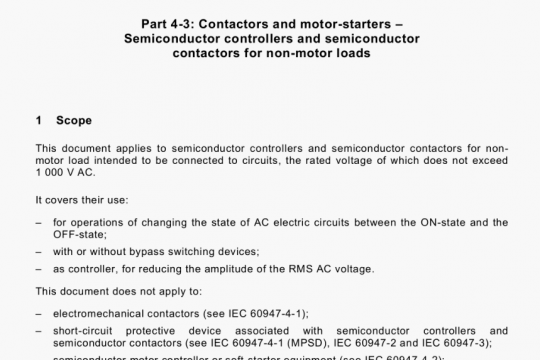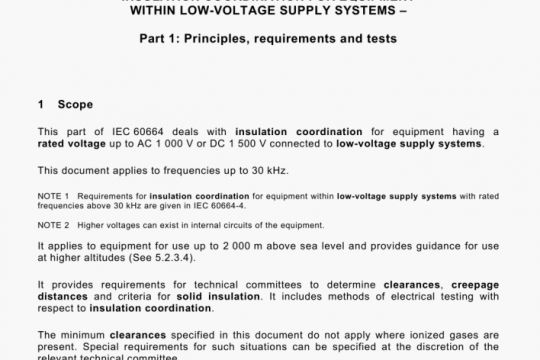PD IEC TR 62222:2021 pdf free
PD IEC TR 62222:2021 pdf free.Fire performance of communication cables installed in buildings.
Large buildings are being designed and constructed using similar architectural techniques resulting in the distribution of utilities using risers between floors, raised floors and suspended ceilings — all of which act as building voids through which fire and smoke can spread.
These building voids accommodate cables to serve a variety of purposes. In new offices, it is common for more than 80 % of cables (by length) to be communication cables which increase the fuel load (flammability) of the building in the event of a fire — an aspect addressed by local regulations and standards such as ISOIIEC 14763-2 (and EN 50174-2 in Europe).
As transmission rates have increased from kilobits/s to many Gigabits/s, system upgrades to higher performance cables and components have been necessary leading to the multiple phases of installation of communications cables, mainly in hidden voids.
The majority of the communications cables support the structured cabling systems specified by ISO/lEG 11801 (all parts), EN 50173 (all parts) and ANSI/TIA-568 (all parts), termed generic information technology cabling systems, which serve data centres (computer rooms) and information technology service distribution throughout office, industrial and residential premises.
More recently, standards for remote powering over generic information technology cabling have resulted in a further increase in installations to support distributed building services in all types of premises.
Whilst cables may be installed in conformance with a required transmission performance, they are unlikely to perform in the same manner under fire conditions. The reaction to fire tests do not normally assess transmission performance. The pass/fail criteria for resistance to fire tests are typically a simple degradation in cable transmission performance, which might not ensure that the system itself continues to perform at the required level.
The generic structured cabling system is a hierarchical star network linking distributors to other distributors and to outlets distributed throughout the premises. Cables are routed in risers between floors and in ceiling and underfloor voids, Even in a small office, this leads to a large number of cables being run in building voids.
Generic cabling systems use copper conductor cables manufactured to IEC 61156 (all parts) (EN 50288 series in Europe) and optical cables manufactured to IEC 60794-2 (all parts). These standards detail electrical and optical transmission requirements, mechanical performance and environmental characteristics. Communication cables operating at low voltages and currents are not a primary cause of fires, but their widespread use means that they may be involved in outbreaks of fire from an external source.
In order to define the appropriate fire test methods and performance requirements, it is necessary to consider the fire hazards presented by typical cable installations.
IEC 60695-1-10 gives general guidance on the fire hazards of electrotechnical products.
A review of typical installations of communication cables in buildings, summarised in Annex A, suggests the following general trends.
a) In public buildings such as airports, shops and older commercial offices with solid floors, cables are generally installed in ceiling voids with some local cabling in wall ducts. Standards specify segregation of communication and power cables in relation to electromagnetic interference and local regulations generally require segregation for electrical safety.
b) Generally, in offices and newer commercial offices, cables are installed in ceiling/underfloor voids and wall ducts. Lighting power cables and some communication cables are run in ceiling voids, whilst computer and telephone cables and their associated low voltage power cables are often run in underfloor voids. Again, standards specify segregation of communication and power cables in relation to electromagnetic interference and local regulations generally require segregation for electrical safety. In such installations, relatively shallow raised flooring provides the underfloor voids.
c) In newer large commercial offices with extensive computer facilities, the raised flooring is deep (1,0 m to 1.5 m is not uncommon) and can both accommodate cables and provide environmental air to information technology and other equipment.PD IEC TR 62222 pdf free download.




